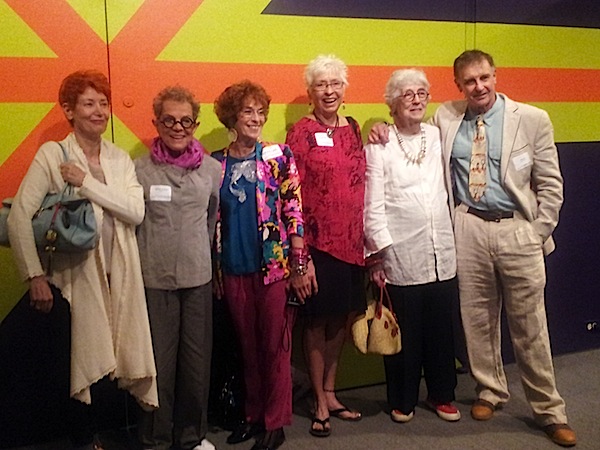Museums put on three kinds of exhibitions. The most popular is the name-brand show, which celebrates the work of well known artists or a period – a Warhol retrospective, for example, or an Impressionists show.
The second kind of exhibition is investigative – putting work in a particular curatorial context, either through the benefit of new research or by drawing connections between different works to encourage a revealing point of view. You don’t discover new work at an investigative show, but you see it in a new light.
The third kind, which is the riskiest and often the most significant, is the declarative exhibition, which states triumphantly that the work on show matters. This is where new work is discovered or where previously unrecognized artists are declared Artists with a capital A. The declarative exhibition says, “You may not have noticed the work before, but here it is and it is important; and, because here it is in a museum, you need to consider it seriously as art.”
California’s Designing Women 1896-1986, the Museum of California Design’s current exhibition at Los Angeles’ Autry Museum, is a show of this third, declarative, kind. Featuring more than 200 works by 46 artists, this exquisitely curated exhibit celebrates the wide range, resourcefulness and myriad styles of women who, over a century, came to influence California’s design aesthetic.
The show is arranged chronologically. Early on we meet large floor screens (c. 1929) depicting early California scenes of the rabbit hunt and the corn dance; at the end we’re facing the end of tangible artwork with the first computer-created graphic, made by April Greiman. Along the way we discover furniture, jewelry, textiles, painted wall graphics, as well as a sequential history of swimsuits carefully displayed.
One of the show’s recurring themes is resourcefulness. Many of these artists worked with cast-off or repurposed materials, as with Judith Hendler’s jewelry fashioned from Lucite – a scrap material left over from her husband’s aircraft manufacturing job.
Another hallmark is the utility of many of the objects. Most were designed for everyday use or had some functional aspect – ceramics, chairs, lamps. For this reason, much of the work has been previously dismissed as non-art or as “craft.”
The craft vs. art distinction becomes less and less meaningful in our mashed-up world, and with each show such as this one. For what more could one want of artists than the resourceful use the materials at hand, to give us objects of beauty and function to enjoy and use? This exhibition declares an answer.
This exhibit is on view through January 6, 2013.
Images: Detail from floor panel by Esther Bruton; from left: artists April Greiman, Deborah Sussman, Judith Hendler, Marilyn Kay Austin, Gere Kavanaugh with curator Bill Stern.


